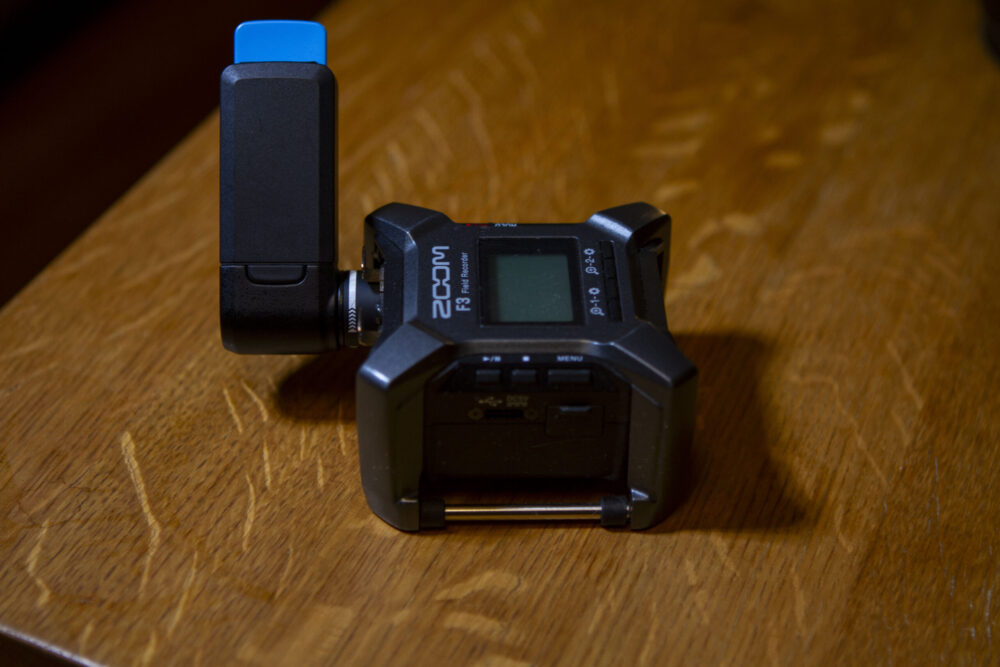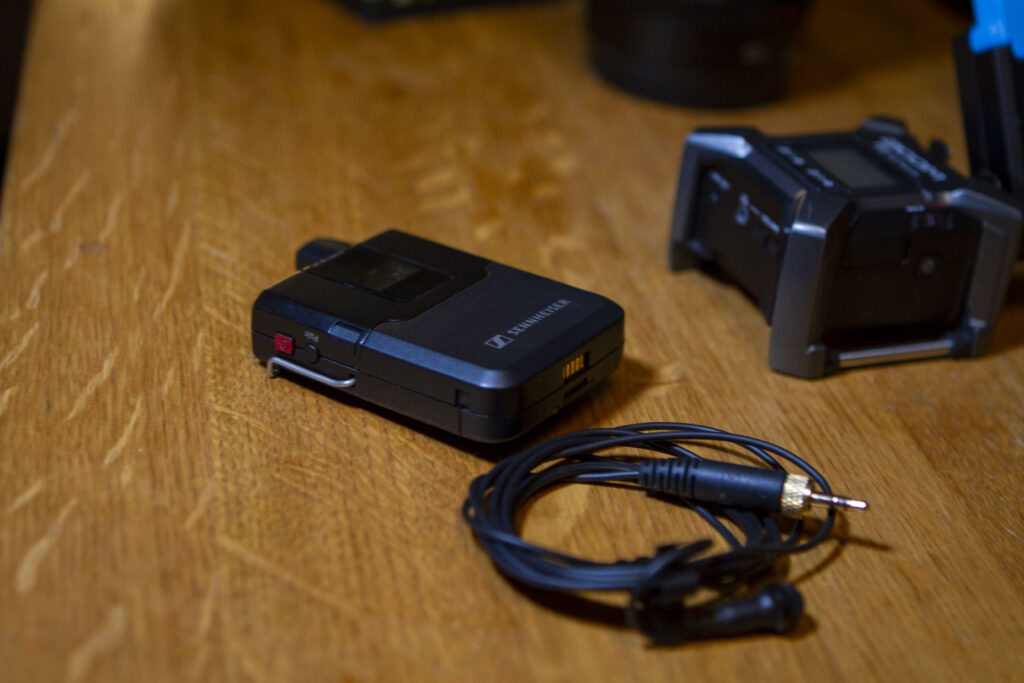Tech making your life easier: Dual Gain Audio

There are big and flashy innovations in film making. Drones, Gimbals, 4k-Video etc. But some of the innovations are more subtle, making life easier in the background for camera people and subjects alike.
One of those innovations is Dual Gain Audio and Float32-Recordings. To understand more, it’s good to talk about Gain, Signal and Noise
Signal is the thing we’re looking to record; Audio of a person talking. This signal is recorded multiple times a second. When the subject speaks loud, we get a high intensity signal, when the person whispers the signal becomes low.
Gain set up how much the Signal is being amplified. Too little Gain, and the Signal is lost between the natural Noise of the recording system. Too much Gain and the Signal goes over the limit of what the recording system can capture (Clipping)

For that reason, it used to be very important to set up the correct Gain for an interview. You’d ask the subject to speak a few random sentences and tried to estimate the correct range. You try getting the Gain as high as possible to get a clean signal without clipping the recording. This was basically guess work, and a lot of interview subjects speak softer and quieter during the audio tests and then go up in volume for the real thing.
If you really wanted to make sure, you had a person on set just for audio, setting the Gain live during the recording depending on what they heard on their headphones.
The new innovation comes with Dual Gain Systems and Float 32. Dual Gain means basically two sets of PreAmp Modules and two different base sensitivities. The lower Gain module can capture all the whispering sounds, the higher Gain module all the screams and together they cover the full dynamic range of sounds you might record.
This combined data stream is recorded in Float32, a larger audio format with a higher fidelity. It comes with bigger data sizes, but since we’re working in the Terabyte space with video, a few Gigabytes of Audio won’t tip the scale in any production.
The end result is a very pleasant style of “fire and forget” audio. You wire up your subject, press record and don’t worry about tuning and predicting speaking volume.

Some things remain important to watch out for:
- Is signal coming in at all? You still need to double check that the recorder is receiving any signal
- Did you get a continuous signal? Did any of the batteries die during recording?
- Cables and loose connectors can create Noise that you have to check for
- Microphones rubbing against clothes, mounting points.
- Low frequency Noise that’s hard to monitor for.
- Distance of microphone to source
